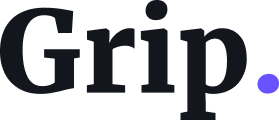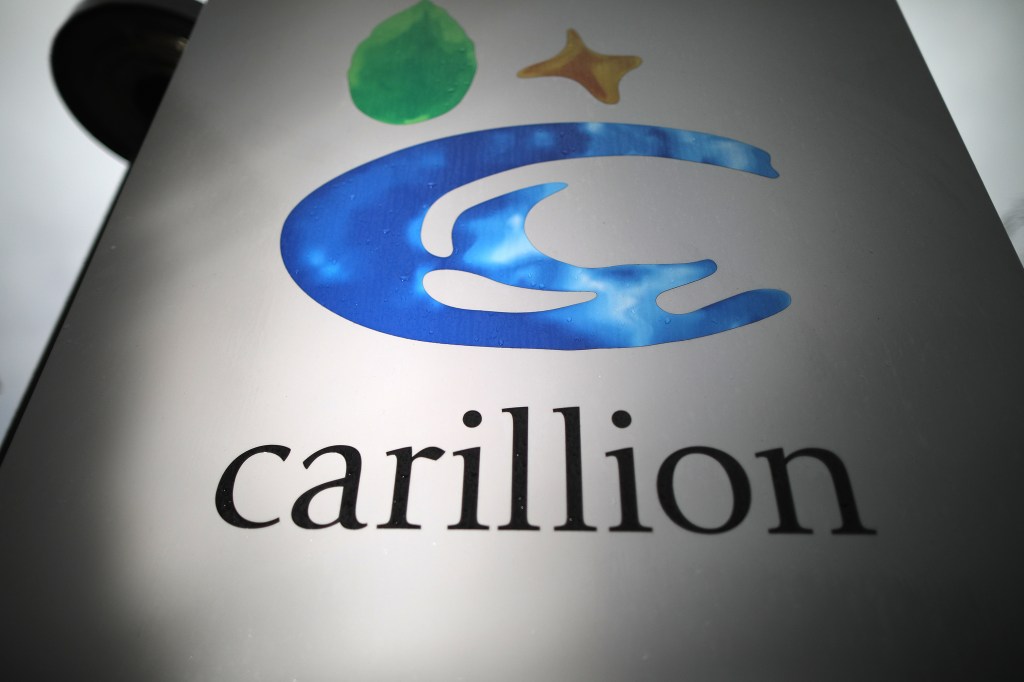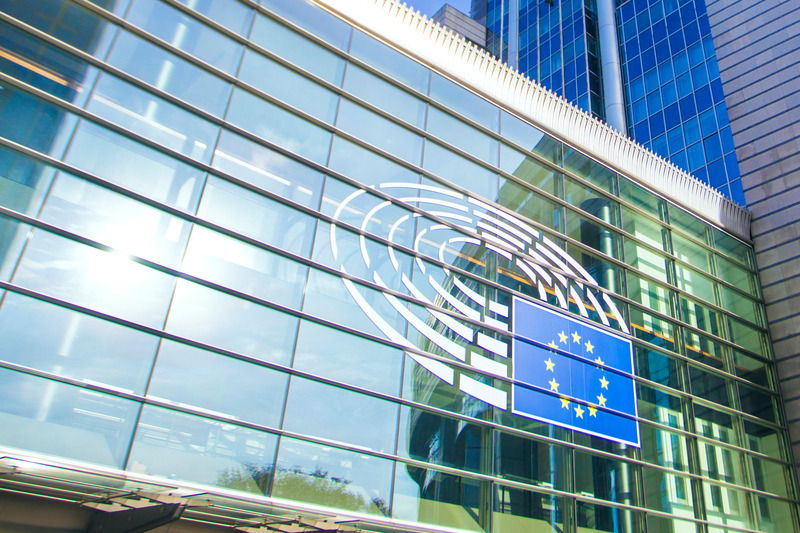On June 6, 2025, the European Commission launched a targeted stakeholder consultation on high-risk artificial intelligence systems under the EU Artificial Intelligence Act (AI Act). The aim is to help the EU Commission develop guidelines for classifying and regulating high-risk AI systems in the future.
This consultation is of particular interest for
Register for free to keep reading
To continue reading this article and unlock full access to GRIP, register now. You’ll enjoy free access to all content until our subscription service launches in early 2026.
- Unlimited access to industry insights
- Stay on top of key rules and regulatory changes with our Rules Navigator
- Ad-free experience with no distractions
- Regular podcasts from trusted external experts
- Fresh compliance and regulatory content every day













